 ABOUT
OUR STORIES
GALLERY
ABOUT
OUR STORIES
GALLERY
WWU Summer Design Abroad
During August and September 2017, fifteen students from Western Washington University's Design Department traveled through Germany and Switzerland. For three weeks, we studied international art and design movements and historical events while experiencing local culture.
MEET THE DESIGNERS

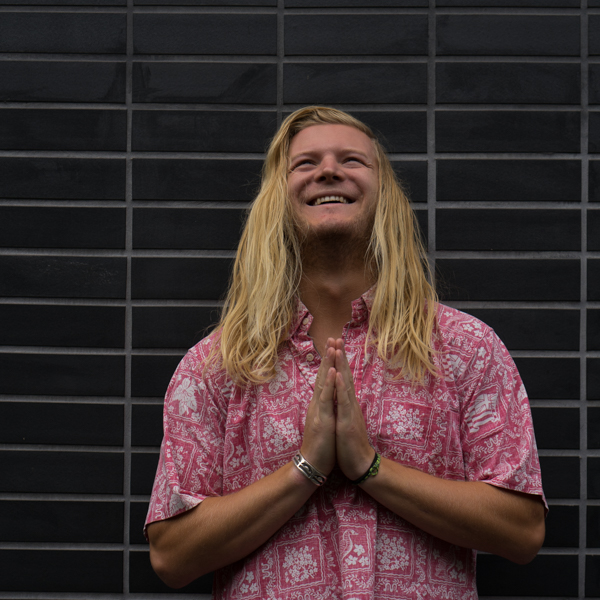





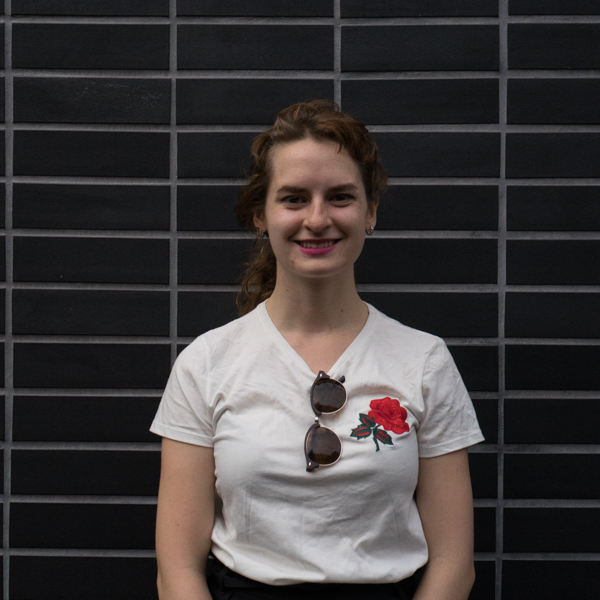


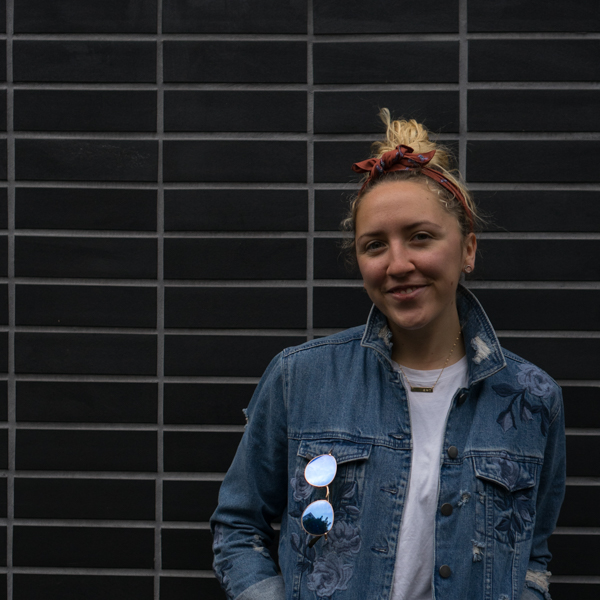
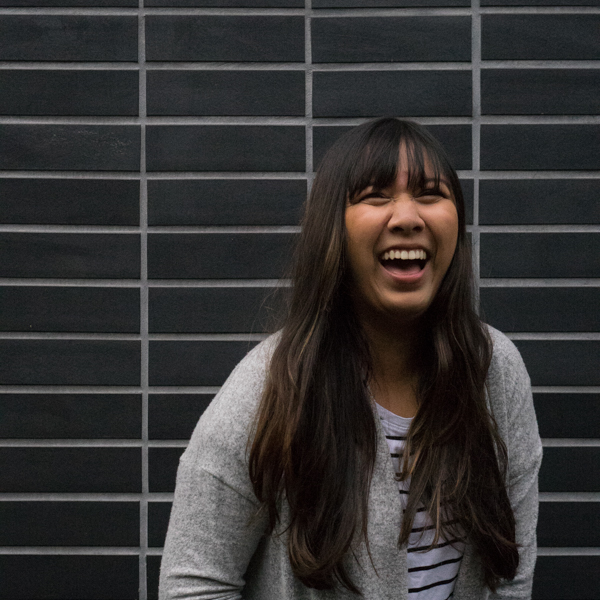

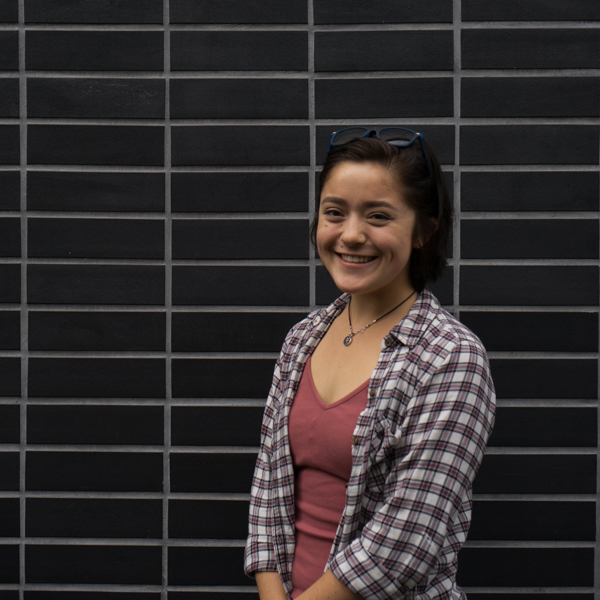
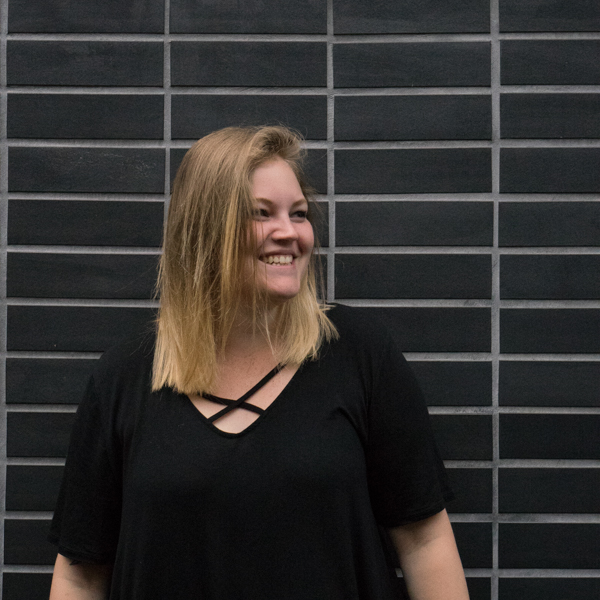
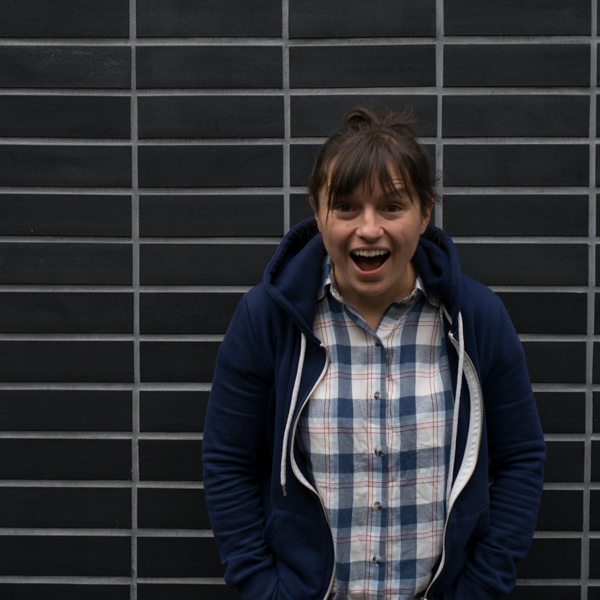

Our Stories
Throughout the trip, students journaled, sketched, and photographed their experiences.
Each of us documented one day of the trip, highlighting what we saw and did.
READ OUR STORIES
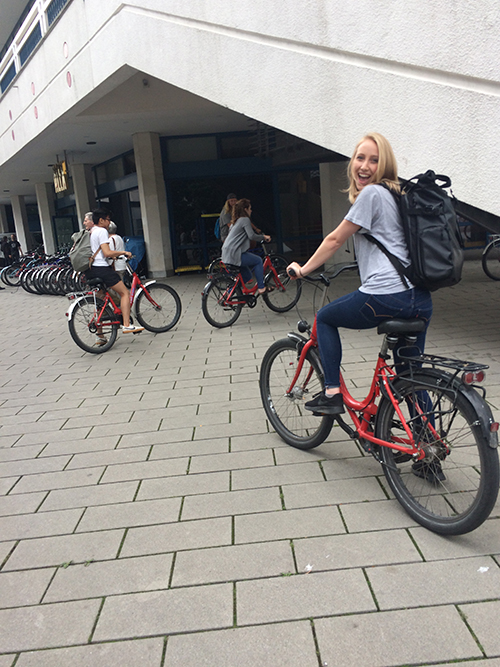
DAY 1: AUGUST 25, 2017 • BERLIN, GERMANY
Berlin Bike Tour
We decided to kick off the trip with a Berlin Bike Tour. It is great introduction to the city and a wonderful way to see a majority of the city's great landmarks. Riding the bikes was literally a breeze and we enjoyed a lovely lunch together at a beer garden. Highlights on the tour were the TV Tower, Brandenberg Gate, Memorial to the Murdered Jews of Europe, Reichstag, Checkpoint Charlie, Berlin Wall, Berliner Dom, and Tiergarten Park. Not only did we see these amazing sites, our guide also provided us with a rich comprehensive history of the city. We learned about the rise of Hitler during the Nazi years, the Cold War era including the division of the city and construction of the Berlin Wall, and the relatively recent reunification of the city after the fall of the wall. This information provided us with a better understanding of Germany's difficult past, helping us gain more empathy and awareness during our visit in this resilent city.
- BRITTANY and KACEY
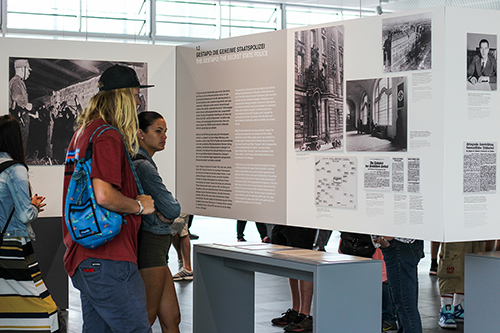
DAY 2: AUGUST 26, 2017 • BERLIN, GERMANY
Topography of Terror, DDR Museum
Today we visited the Topography of Terror Museum along with the DDR Museum. There was a huge overload of information, but with how immersive both museums were, it really helped me to be more reflective and appreciative of the information. First, we visited the Topography of Terror museum, and it hit me hard. There were so many graphic photos of victims of the Nazi regime, which really helped me connect emotionally to the lives these poor people had to live under Hitler’s rule. I can remember one photo in particular, a man, probably in his mid thirties, kneeling over a pit of dead bodies, probably people he knew, with the barrel of a gun inches away from the back of his head, held by a Nazi officer. The kneeling man had this unforgettable look of a blank stare, like he was already dead, and had given up on life. I have never felt so sad over war photographs, as I had felt leaving that museum.
The next place we visited, the DDR museum was a lot more light-hearted of an experience. The entire museum was hands-on and fully interactive. Very good UX design. There was an imitation elevator that you could step into and experience how sketchy old elevators were in the DDR era. It was very shaky and the lights would flicker on and off for the whole ride. Other areas of the museum showcased the living spaces of a DDR household including the living room, bedrooms and even the kitchen. I found it very interesting how all of the food had very plain packaging. Even the plain appearance of the food labels gave me this reading of a robotic society, lacking life because there was a lack of differentiation.
- LUKE
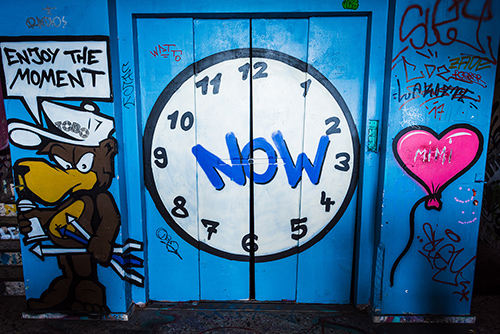
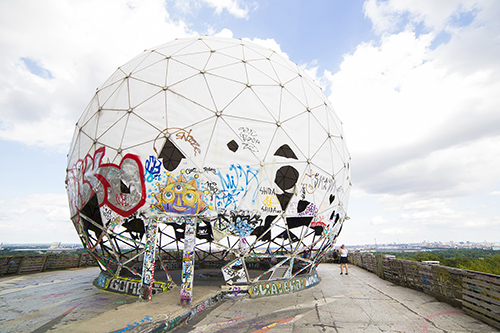
DAY 3: AUGUST 27, 2017 • BERLIN, GERMANY
Teufelsberg Spy Tower and Street Art
It felt like the walk was never ending. Our tour guide was taking us on a hike. It felt like we were summiting a mountain. Yet we were actually hiking up something totally man-made. Below our feet was a large amount of rubble left over from World War II which had overgrown into a small forest. We arrived at these structures that look like giant golf balls in the sky. I approached with caution until the tour guide explained that we had arrived at what was an American spy tower station in the former West Berlin. After the spy towers were abandoned, they were converted into a mass collection of street art. Every floor leading up to the spy radar domes was covered in art. It felt so good to lose yourself in the layers upon layers of art.
- NAIA
DAY 4: AUGUST 28, 2017 • BERLIN, GERMANY
Martina Flor and Street Art Tour
After a hard search and patience, we finally got to go into the studio of one of Berlin’s most famous letterers, Martina Flor. She explained how when she first moved to Berlin, she relied heavily on typography in order to have insight on what products were because she didn’t speak German or English. When she realized the importance of lettering and her love for it, she reorganized her portfolio so it only pertained the work she wished to do rather than a variety.
We then squeezed in a visit to the East Side Gallery, which beautifully conveyed artistic impact and emotion on that side of the wall. After seeing such famous street art, we then had a guided tour of street art and graffiti in Berlin today. It was awesome to be able to recognize some of XOOOOX’s work on the train station wall after they were previously mentioned in our reading. We were than able to create our own graffiti and make posters to take home.
- AMELIA
DAY 5: AUGUST 29, 2017 • DESSAU, GERMANY
Bauhaus Dessau
After spending so many years learning about Bauhaus, it was incredible to get to experience it in real life. But it was so much more than incredible - it was brilliant and inspiring. Today I got to walk the halls where so many impactful, creative and powerful artists roamed during a time when they were quite literally changing the way we view the world. However, the most inspiring part of the day was realizing that these artists were students just like me - eager and excited to learn, recognizing that they had “masters” who were willing to teach, and coming to terms with the fact that the only thing keeping them from growth was their own hesitation to learn. I remember the first time I heard about Bauhaus - it was spring 2016 and I was sitting in Miller Hall 241. Barbara Miller set aside an entire week dedicated to Bauhaus, and although I didn’t really know what it was, I could tell its importance and spent that night researching and learning as much as I could. Fast forward to today and I still want to learn more, so to be there was insanely rad! I will always nerd out about the Bauhaus and I can’t wait to return someday soon!
- ESTI
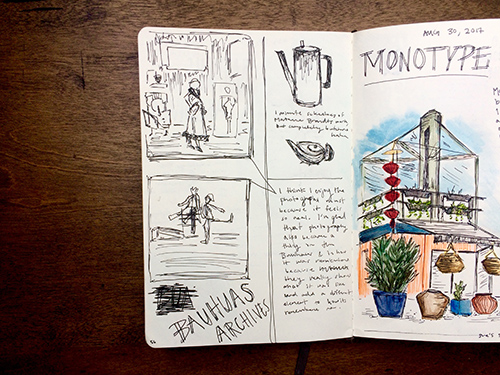
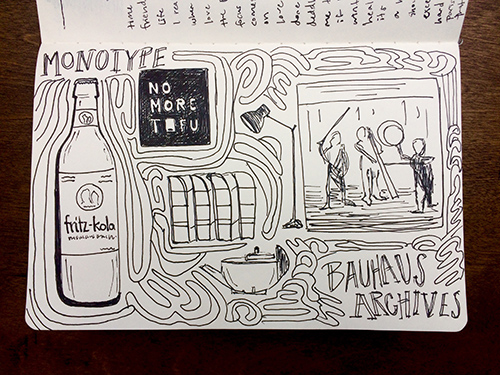
DAY 6: AUGUST 30, 2017 • BERLIN, GERMANY
Bauhaus Archives and Monotype
We started the day off right with a self-guided visit of the Bauhaus Archives. It was really interesting coming from the actual Bauhaus the day before and getting a feel of the difference between the two. While our Bauhaus tour was a lot more focused on the architecture of the building itself, the archives expanded upon what it would have been like to be a student or master during the school’s opening. The captions on every piece really helped the viewer to connect with the art and I was grateful to find the english translation. They gave a background that explained the materials used, process behind the making, and the purpose or meaning of the piece and it really expanded my appreciation for some of the work. I especially enjoyed the photography portion on the walls. Throughout our years of learning about the Bauhaus, I never remember focusing on the work that came from the photography classes. They were sometimes silly, always experimental, and really gave a visual sense of the culture within the school.
From there we headed to the firm Monotype. It was really interesting to hear about the process of engineering a font and some of the programs used to do so. She also was able to show us some of the projects they have done with past clients. From this point on, I always appreciated seeing the Fritz-Kola label on a store front or the font on the Domino’s pizza box.
- GRACE
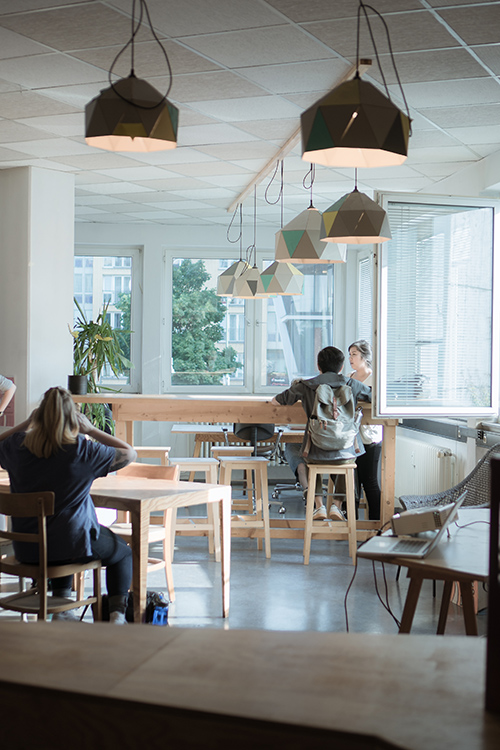
DAY 7: AUGUST 31, 2017 • BERLIN, GERMANY
Betahaus
There was a lot of anticipation as many of us students have not experienced a co-working space prior to the trip. Right off the bat, the staff was welcoming with breakfast in a cute loft-like space. There, we spread amongst different tables, as much as we could, to give room for opportunity to network with actual professionals. After a few minutes of breakfast, there were a couple of presentations of start-ups, one including one of the co-founders of Betahaus, which was exciting to see.After the presentation, the audience was able to comment and question on the concepts to further improve the businesses.
Going to Betahaus, I didn’t really know what co-working meant, so it was cool to see how it worked in person, as well as get a detailed explanation from the staff. What stood out to me most was the concept of “value exchange,” in which people go to co-working spaces with interest to trade their skills to help others succeed or even just to network. It is awesome to know there are innovative ways to get our names out there. Going to Betahaus was definitely a learning experience that there are many tools that us, as future professionals can use to advertise ourselves and become successful.
- MANEY

DAY 8: SEPTEMBER 1, 2017 • BERLIN, GERMANY
HORT, NODE, MoreSleep
Today was a busy day! We visited three firms in Berlin: HORT, NODE, and MoreSleep. It was really nice to have all three on the same day, since it made it easier to compare the different types of working environments and projects that are unique to each firm. It was great to hear from Eike König at HORT, who gave us a lot of wisdom regarding how to push yourself as a designer, and who emphasized the importance of being a critical thinker. We also learned more about Berlin as a creative city, how it has a “slower heartbeat” compared to other major cities in the world, which lends itself to its relaxed and open-minded design scene. At NODE, we got to see a wide variety of their projects, including some that encapsulated much more than just graphic design and could be seen almost more as performance. Our last place to visit was MoreSleep, which was an agency of many creatives, not just designers, even though they focus on digital design. We were able to learn a lot just by visiting and seeing some of the projects that these firms have worked on. We left excited about our own futures after seeing this small handful of great places to work as a designer.
- HANNAH
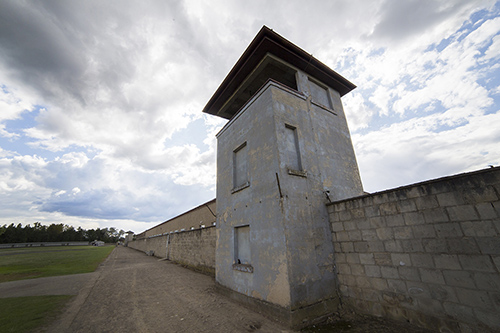
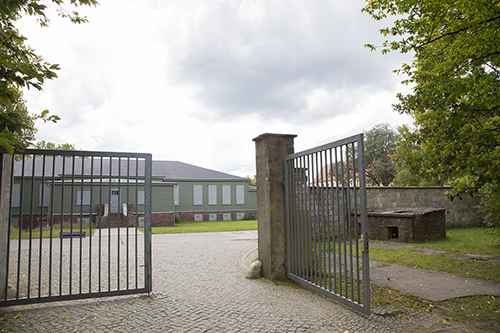
DAY 9: SEPTEMBER 2, 2017 • BERLIN, GERMANY
Sachsenhausen Concentration Camp
To set foot in a venue that holds such weight and meaning redefines your sense of perspective. The Holocaust is almost certainly the worst atrocity the modern world has ever seen, but as Americans, the best we can do to understand it involves textbooks, videos, and research. By entering through the same gate that thousands upon thousands of prisoners entered in the 1930s and 40s, one can then connect what they learned in the museum to what now stands in front of their eyes.
The historical impact of the concentration camps are obvious, and it was truly life-changing to come face-to-face with one of the venues that murdered countless lives. However, I also viewed the Sachsenhausen camp as the most brutal and raw representation of how the Third Reich put a grinding halt on Germany as a free and just society. This included their graphic design practices, and the legendary Bauhaus that was ultimately terminated by Hitler and his beliefs. This camp represented in the ugliest way how World War II impacted design in all of Germany. Gone were the revolutionary promises and teachings of Maholy-Nagy and Gropius, and in their place stood a dictator who was more focused on maintaining such horrific institutions like the one that I now stood inside.
I left Sachsenhausen that day more introspective and humbled, both as a designer and simply as a human being.Sachsenhausen gave me the full scope of Germany’s turmoil that completely rerouted its history. One can only imagine how successful and influential German designs such as the Bauhaus could have been, if the fiendish events of World War II had never occurred.
- OWEN

DAY 10: SEPTEMBER 3, 2017 • BERLIN, GERMANY
Perspective Playground Exhibit
In the morning, a bunch of the group went to this interactive art exhibition pretty close by and said it was amazing, so another group of us decided to check it out later in the day. It was called Perspective Playground and it was sponsored by Olympus, so you had the option of registering for one of the cameras they had on display to use throughout the exhibit, and at the end they gave you the SD card. There were 3 floors of installations from a variety of artists; there was an area with a scene set up like a diner, but everything was sideways, so you laying on the floor made it look like you were standing on the wall. There was an installation that we all did together where your group goes into this dark room with a photographer and he does his magic and paints with light to create this crazy cool-looking image. Our group was 5 girls and 1 guy, so the photographer set up our shot with Jake “The Pimp” in the middle and us girls on either side of him, admiring and fawning over him. The photographer had us stay in our poses while he came around us spinning this long rod, which in the end created these giant swirls of light in the background of our photo. It was a really fun exhibit and a unanimously good way to cap off our time in Berlin.
- HANNA
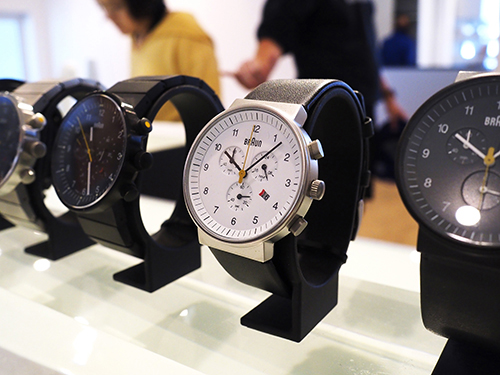
DAY 11: SEPTEMBER 4, 2017 • FRANKFURT, GERMANY
Braun Collection
Shining white plastics accompanied by transparent covers. Natural woods and metal plates covering solid frames. Neon colored polymers and thin bristles in conjunction. These were some of the materials Braun had used for their products that we had seen in the Braun Collection.
In a way, it was a physical representation of time. The time before many of us were even born. It was fascinating to see how the design of the products changed. Sometimes leading the charge with modernism via Dieter Rams, but also sometimes following the trends and using colorful transparent plastics. An ebb and flow of human preferences and design thinking could easily be spotted on the long wall of shavers throughout Braun’s history. Almost as though the display was a series of windows, each a little peek into times of the past.
- ANDY
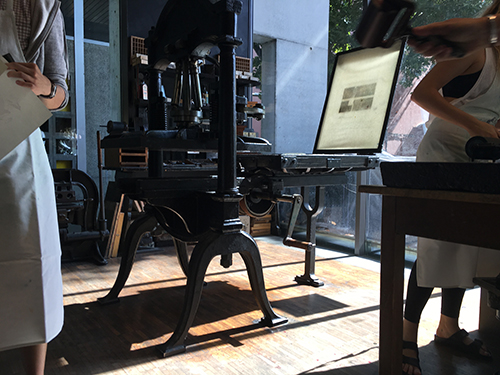
DAY 12: SEPTEMBER 5, 2017 • MAINZ, GERMANY
Gutenberg Museum
On this day, we took it back to the roots! Where the man of the millennium himself Johannes Gutenberg: blacksmith, goldsmith, publisher, and creator of print is celebrated for his contributions to the world. The beautiful Gutenberg Museum in Mainz showcased a range of printing presses and books over the span of six centuries from the 1400s, all the way up to the 20th century. The most notable items out of the collection included Gutenberg’s original 42-Line Bible as well as a recreation of the first printing press.
The second half of the day was spent in the print workshop across from the museum. Each student was given the opportunity to make prints from different molds and letters, trying out various printing techniques and presses. It was definitely one for the BOOKS!
- JAKE
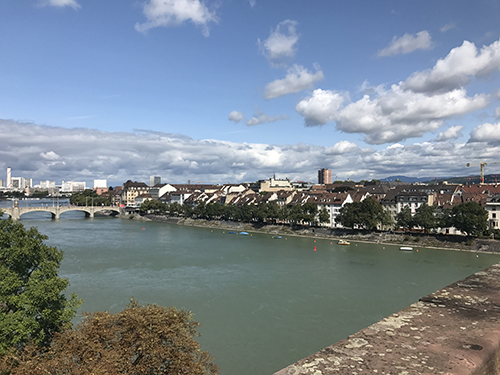
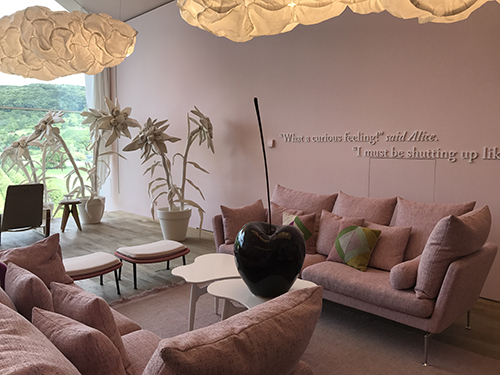
DAY 13: SEPTEMBER 6, 2017 • WEIL AM RHEIN, GERMANY
Basel, Vitra Design Museum
Today we travelled for two and half hours on the way to Basel, a city known as a modern business hub, and found ourselves in awe. For a place that holds so much contemporary economic importance, it was surprisingly filled with hundreds of traditional buildings. The old sector of town (which was lined with cobblestones and adorable shops) took up a large area of the city which was much to our surprise. After coming from more urban cities like Berlin and Frankfurt it was refreshing to finally see “old german culture”. We had a delicious (but expensive) lunch in Basel and headed on the road to the Vitra Design Museum.
The Vitra Design Museum was a place that I know many of us could have spent hours in. With floors and floors of furniture and decoration, you could really tell that it was everything IKEA wanted to be and more. I particularly enjoyed the "Alice In Wonderland" themed rooms on the top floor which took the idea of wonderland and gave it a modernist flair. Vitra, as a company, truly has a talent for creating functional yet fashionable living spaces. The very best part however was most definitely the massive slide in the back of the lawn. I can't even count how many times we all went up and down. The climb was four stories up and few of us got dizzy and nauseous afterward, but it was totally worth it.
After Vitra it was back on the road to Zürich, our final destination. The drive was about 30 min and once we pulled in, many of us were too tired to properly leave the hotel for the night but from what we saw pulling in, left many of us excited. Old town, city trams and graphics everywhere. Zürich seemed to be a Designer's heaven!
- KERRY
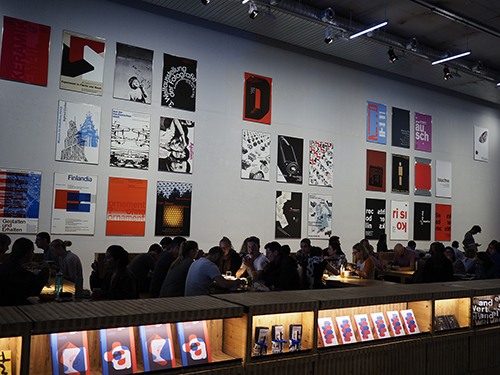
DAY 14: SEPTEMBER 7, 2017 • ZÜRICH, SWITZERLAND
ZHdK and Museum of Design
We arrived at a large corporate-like building with Swiss posters hung up on the inside. I've never seen a Swiss design school before but, if I had to guess, this would be it. A couple students met up with us to give us a presentation showing us what they have worked on. First thing that came to my mind was how you can see how much Swiss design is pushed on the students at this school. It's interesting to compare Swiss design school to our design program. You can really see the differences between the two, I would say that our program is more experimental, colorful, and designed for clients.
After the presentation, we were given a tour of their design collection. Everything from furniture to Frutiger's original sketches of his Frutiger font was in this museum. Huge warehouse rooms with furniture going up to the ceiling, shelves of designer clothes and shoes dating back to the early 1900's. The most astonishing thing was that they have 300,000+ original posters on site. You could go into these rooms full of posters and look at each one, and whichever one you pulled out would be a stunning piece. Definitely one of my favorite days on this trip.
- YUYA
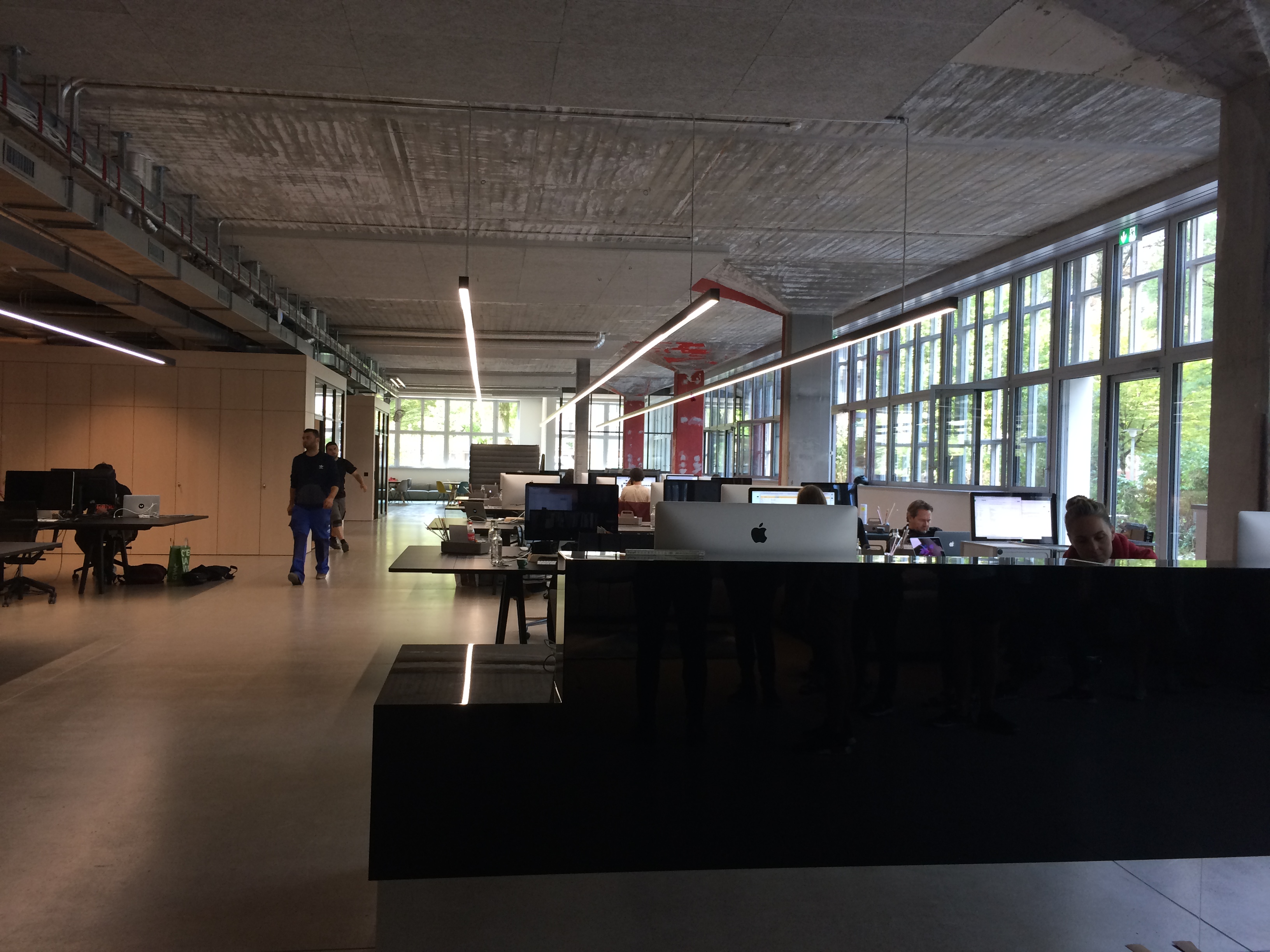
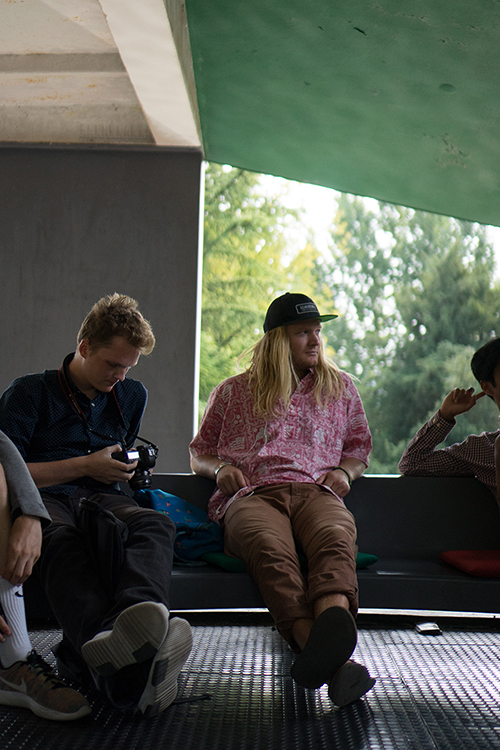
DAY 15: SEPTEMBER 8, 2017 • ZÜRICH, SWITZERLAND
Heimoto, Hinderling Volkart, Pavillon Le Corbusier
At Heimoto Digital Agency, we were greeted by one of their developers. His third party perspective of the design and creative process helped us think beyond what is aesthetically appealing to thinking about what is functional and realistic; it made us think about what we, as designers, could be capable of when we combine our talents and collaborate to make something truly unique.
Hinderling Volkart went above and beyond any of our expectations, welcoming us with a much appreciated, delicious, free lunch. Michael Volkart presented to us seven insights he’d learned over his 10 years running the studio.
1. Invest in awesomeness: don’t doubt your dreams and do what you can
2. Stay young, stay agile, stay hungry: always ask questions and chase newness
3. Size does matter: the size of your team will impact how you function
4. Blur borders: get to know your projects in every aspect
5. Know your limits: if you can’t do something, acknowledge that, but get help
6. Impossible is nothing: don’t say no just because you think you can’t, find ways to say yes
7. Leave your comfort zone: keep learning by pushing yourself
At the end of the day, we stopped by Le Corbusier’s last house that he built, which was definitely inviting and unique. We ended up spending some time journaling on the rooftop, under the reflection of water on the ceiling. Some of us just enjoyed the curious and quaint architecture until we slowly peeled off to the park it resides beside. We played frisbee and ate ice cream, sitting in the grass of the park, a view of Zurich’s river and boardwalk before us. It was arguably one of the best moments on the trip, enjoying the afternoon warmth with good friends and letting ourselves dwell in the memories and experiences from the past two and a half weeks we spent traveling.
- MIRIAM
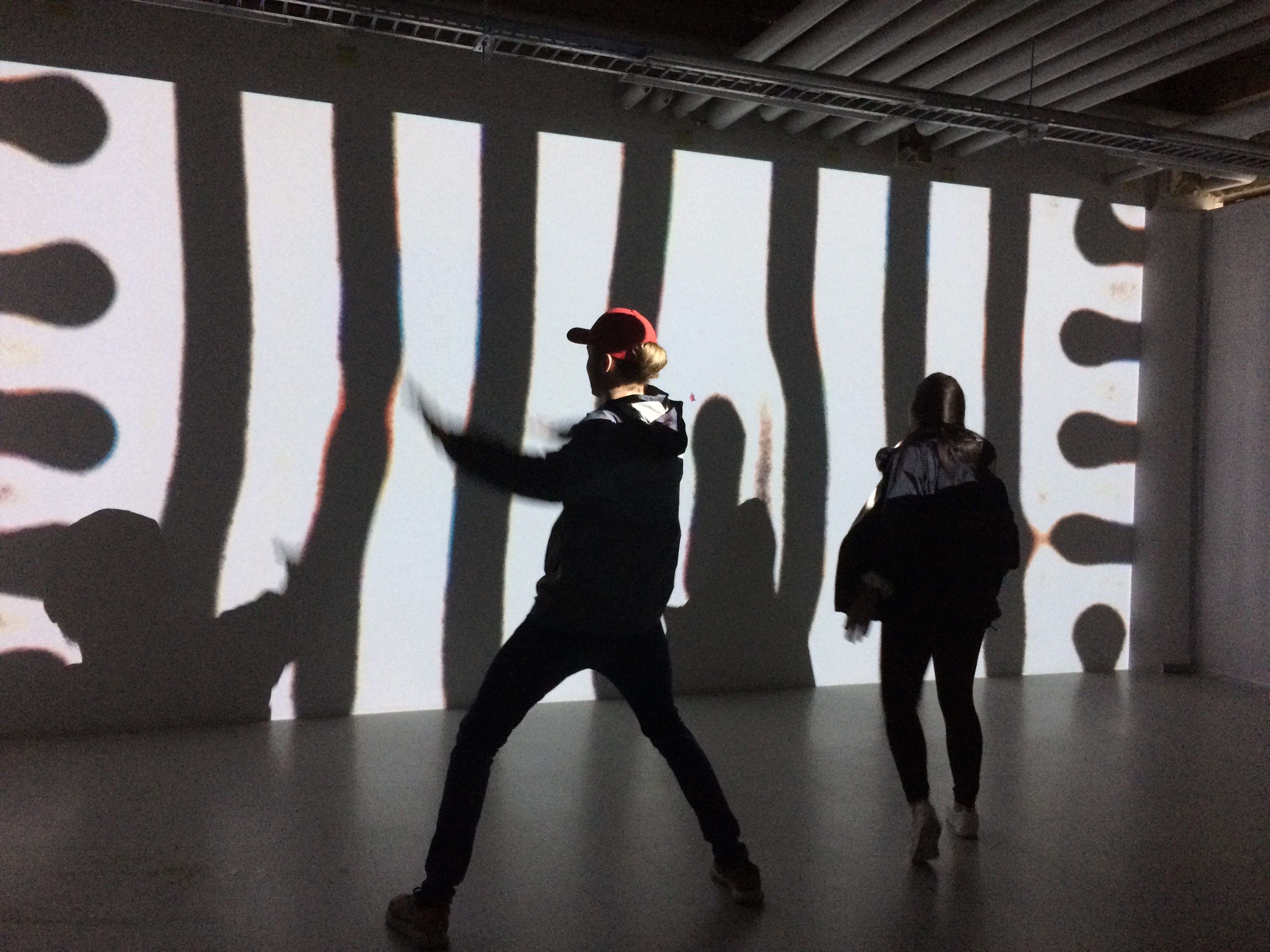
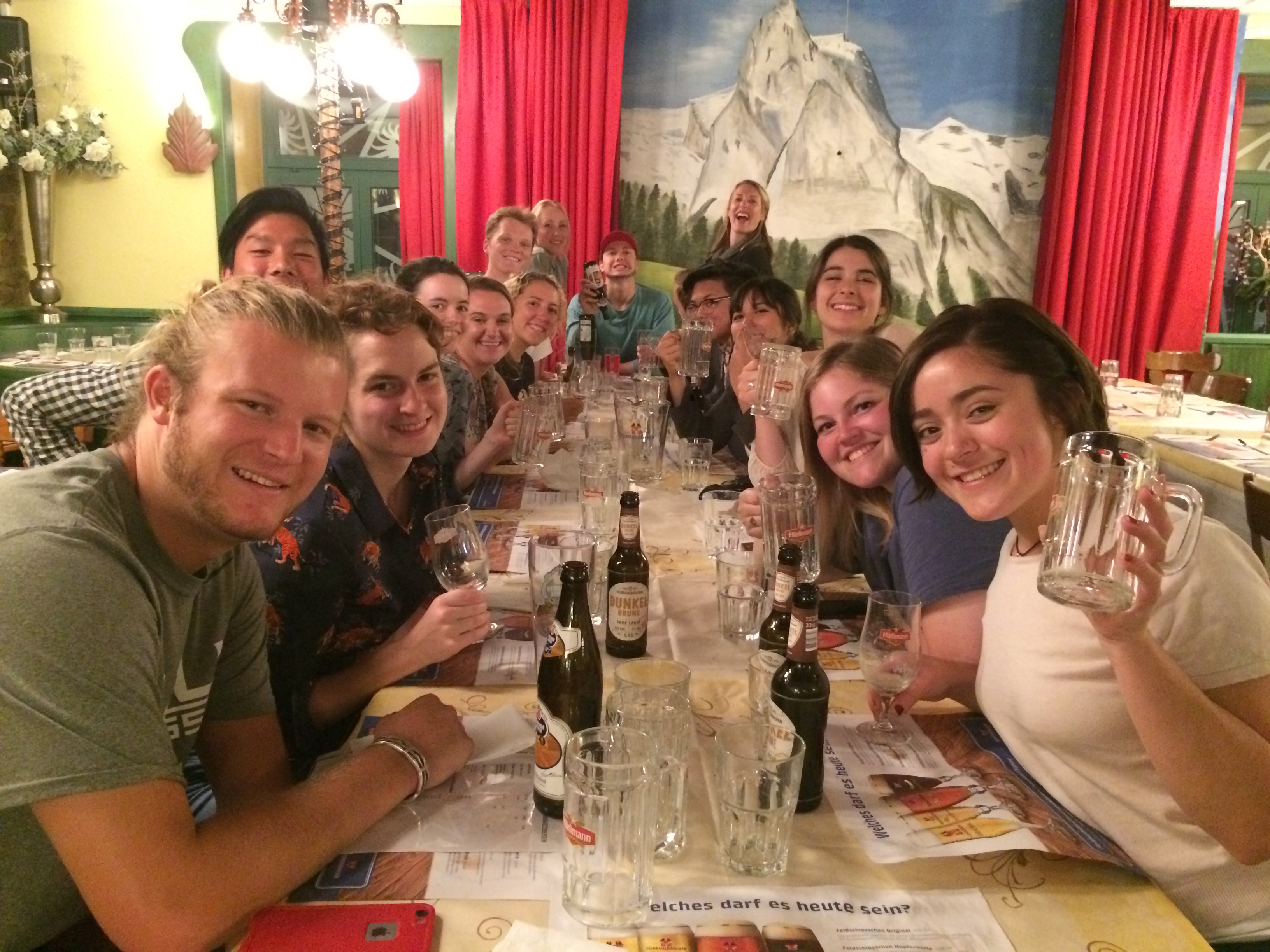
DAY 16: SEPTEMBER 9, 2017 • ZÜRICH, SWITZERLAND
Farewell
Well, that’s a wrap! From arriving in Berlin with the goal of absorbing everything that we could from the culture to the design industry and everything else in between, I believe it is safe to say we absolutely killed it. If there is one thing that I have learned from this adventure it would have to be that you have to invest in awesomeness. The only way you are going to grow and experience things on an impactful level is if you choose to dive in and really soak up all that is going on in your environment. I think I can speak for my fellow designers when I say that this trip was all of that and more.
Zürich has been an incredibly beautiful city bursting with the quintessential Swiss design style that we all know well by now. Our visits to the local design firms gave us a new take on how to operate and create relationships with people in this industry by pretty much saying “yes” to everything until you find some ridiculous limit (because that is what we do as designers…). Then having the chance to speak with students our age at the same point in school to see what they think of design and to glance at projects that they find interesting. Overall, Zürich was a great way to wrap up this journey because it left me feeling refreshed and motivated to come back and create with purpose. The knowledge I have gained through Berlin, Frankfurt, and finally Zürich is one of those things that will continue to give me inspiration and spark for many creative projects that lie ahead.
Thank you to the epic crew of fellow designers that made this adventure one for the books.
Prost!
- BURCH
Gallery
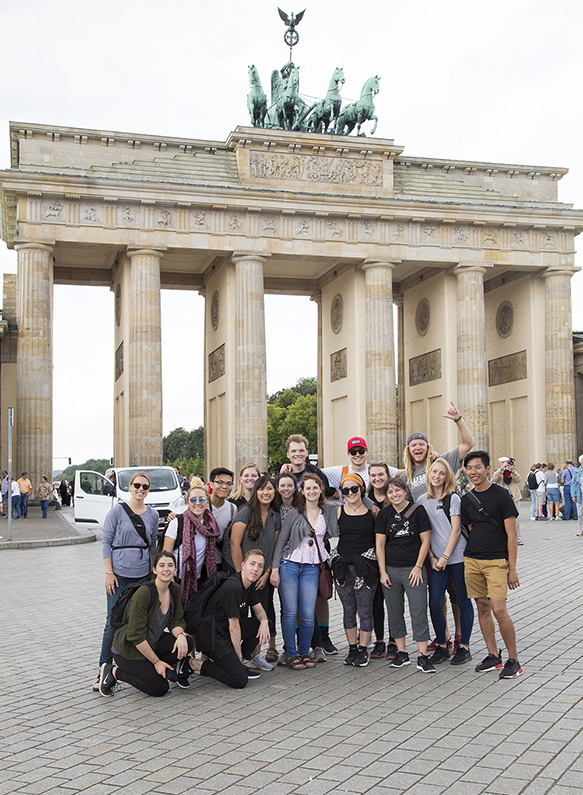
Brandenburg Gate
BERLIN, GERMANY
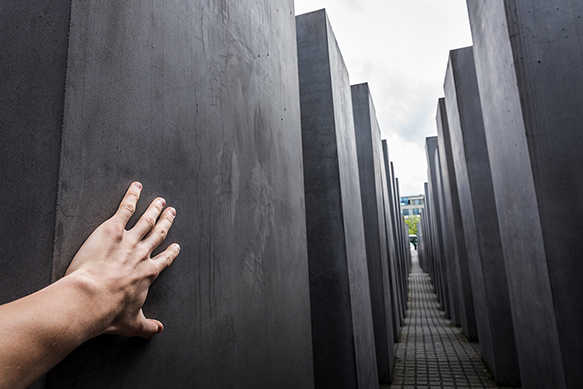
Memorial for Murdered Jews of Europe
BERLIN, GERMANY
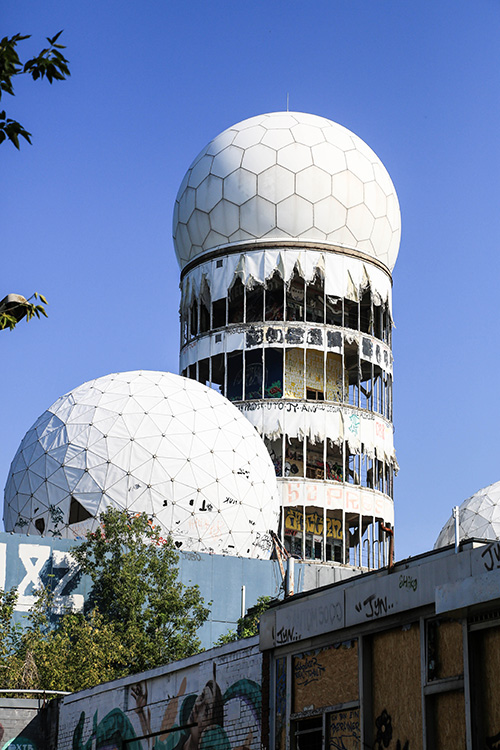
Teufelsberg
BERLIN, GERMANY
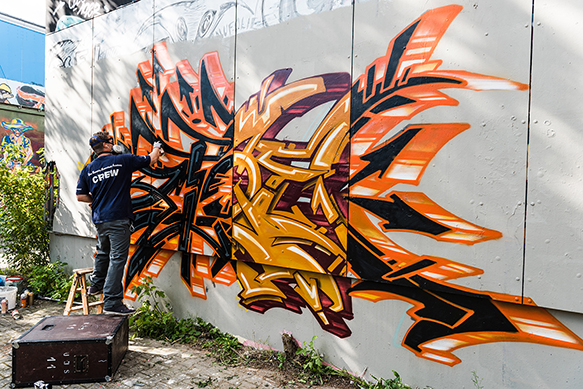
Teufelsberg
BERLIN, GERMANY
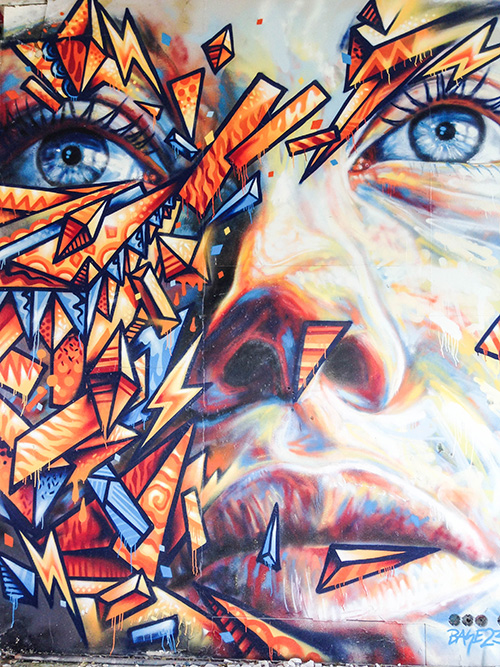
Teufelsberg
BERLIN, GERMANY

Teufelsberg
BERLIN, GERMANY
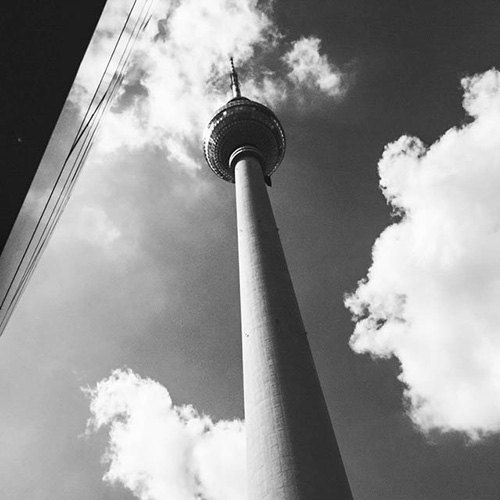
TV Tower
BERLIN, GERMANY
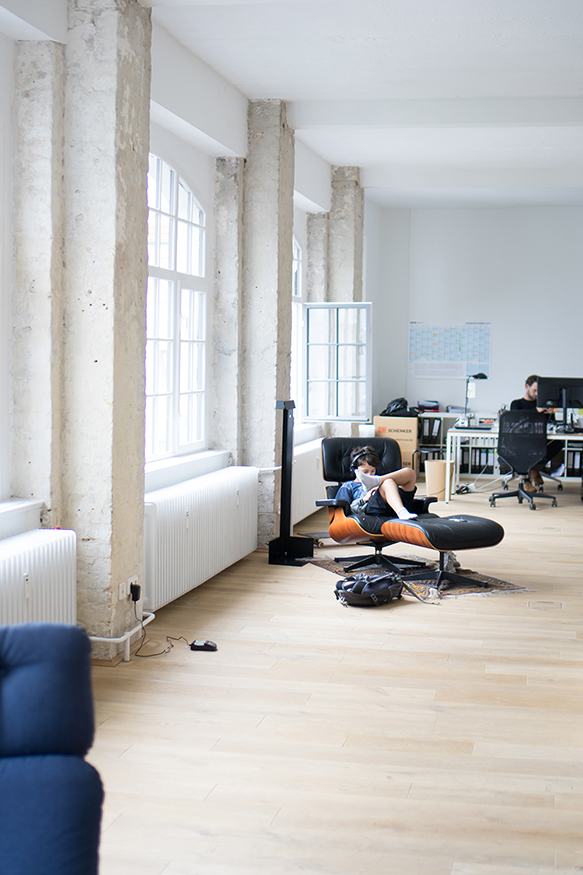
More Sleep Creative Agency
BERLIN, GERMANY
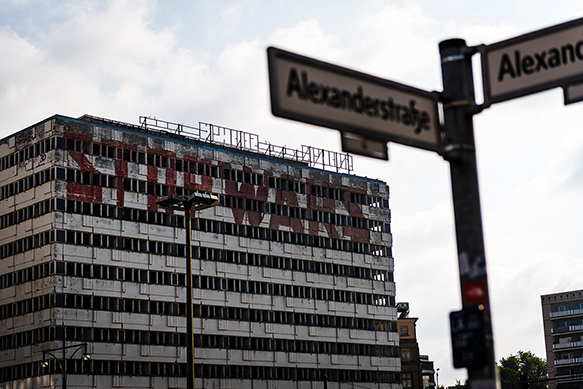
Street Art Tour
BERLIN, GERMANY
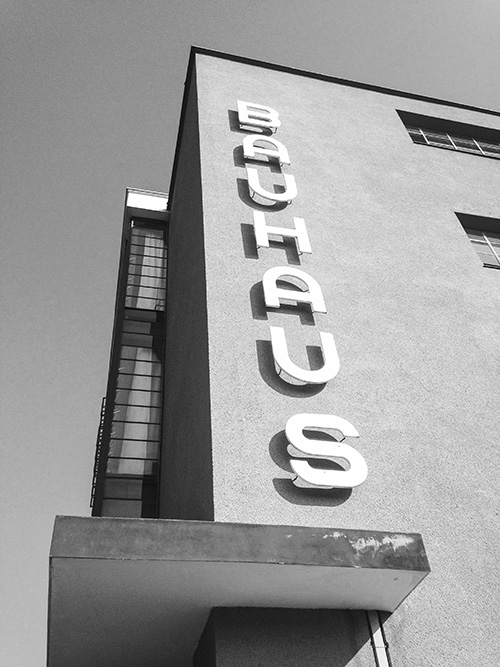
Bauhaus
DESSAU, GERMANY

Bauhaus
DESSAU, GERMANY
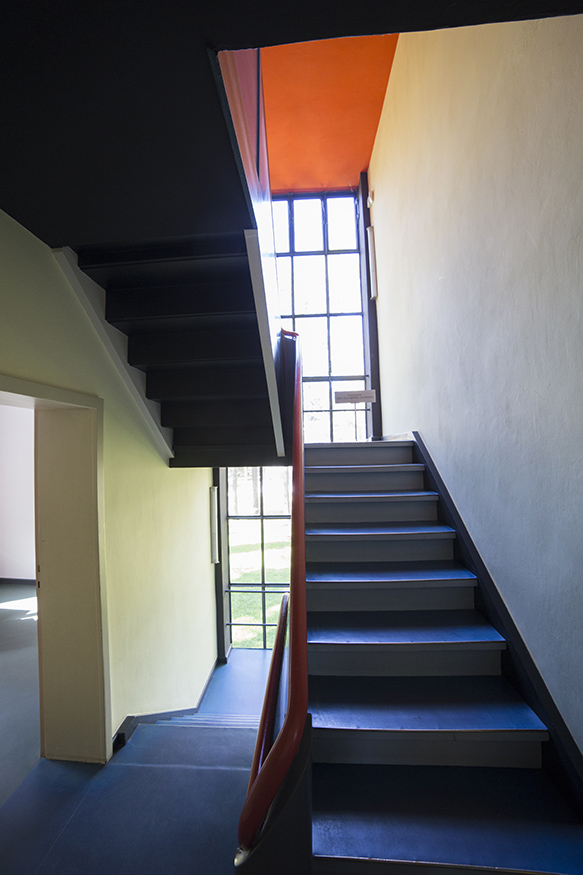
Bauhaus
DESSAU, GERMANY

Museum of Letters
BERLIN, GERMANY

Braun
FRANKFURT, GERMANY

Braun
FRANKFURT, GERMANY
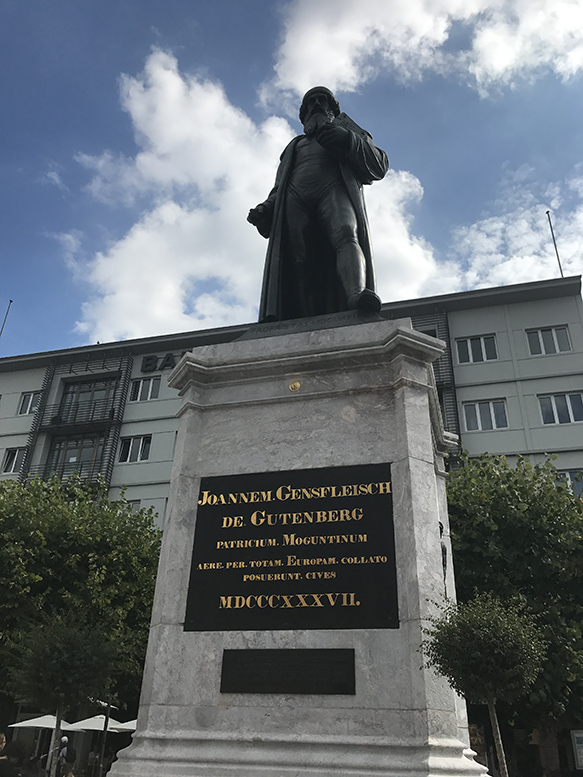
Gutenberg Museum
MAINZ, GERMANY
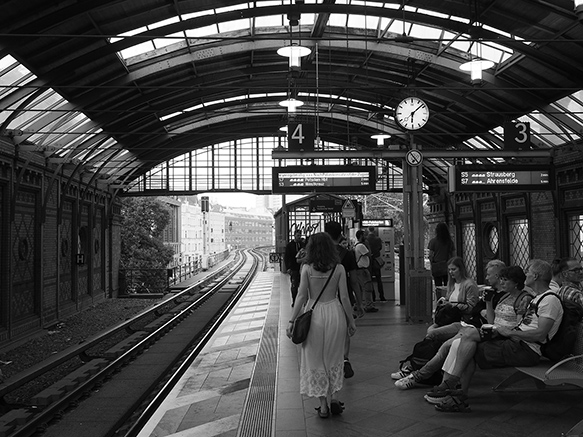
S-Bahn
BERLIN, GERMANY
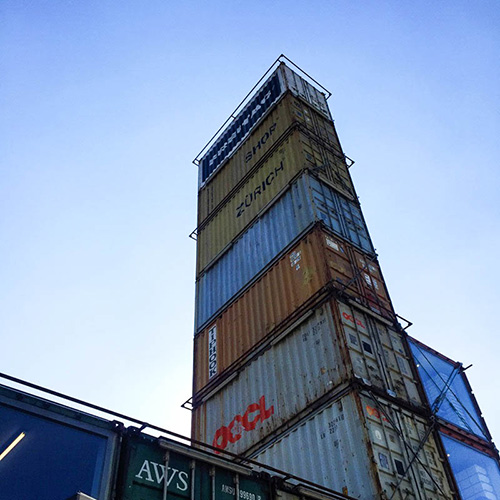
Freitag Flagship Store
ZURICH, SWITZERLAND
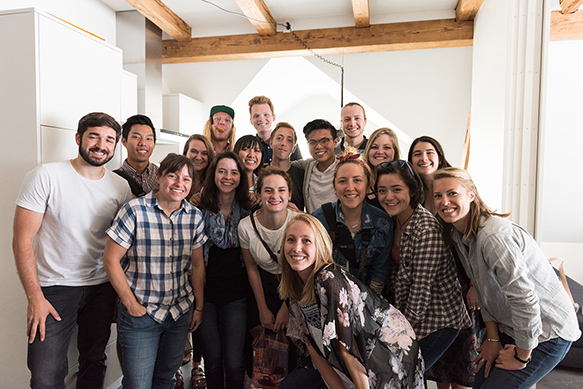
Heimoto Digital Agency
ZURICH, SWITZERLAND
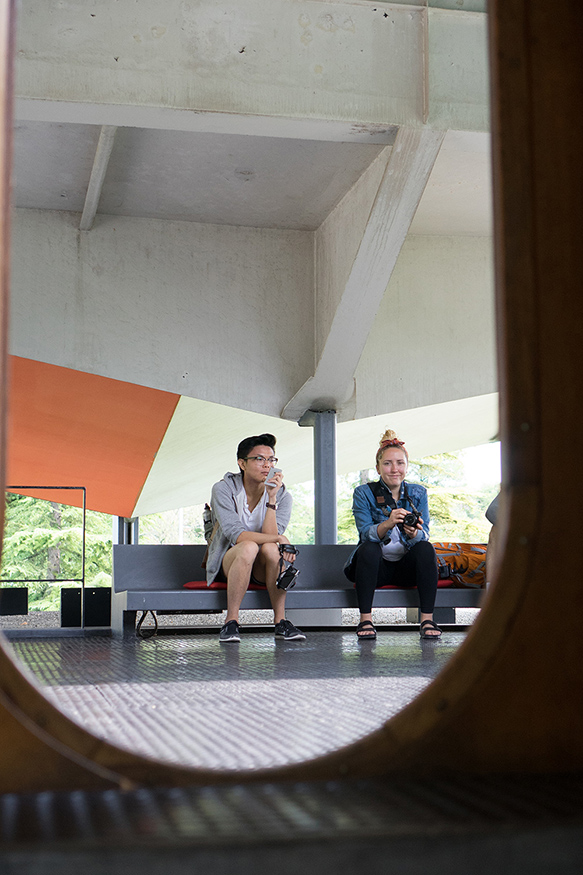
Pavillon Le Corbusier
ZURICH, SWITZERLAND
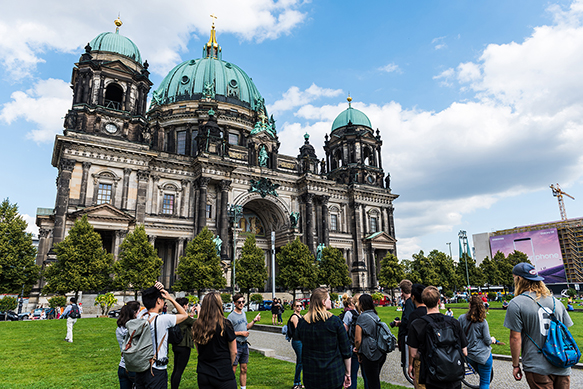
Berliner Dom
BERLIN, GERMANY
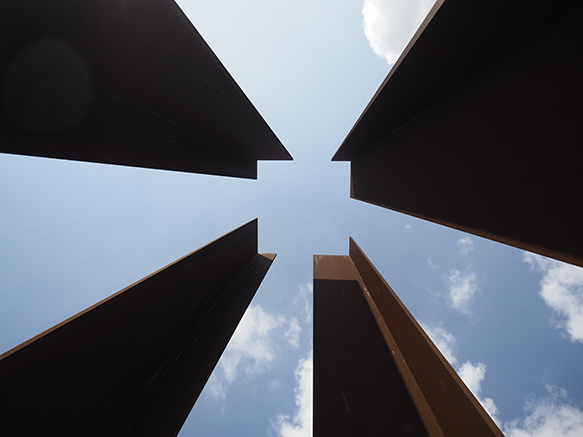
Berlin Wall Memorial
BERLIN, GERMANY

Olympic Stadium
BERLIN, GERMANY
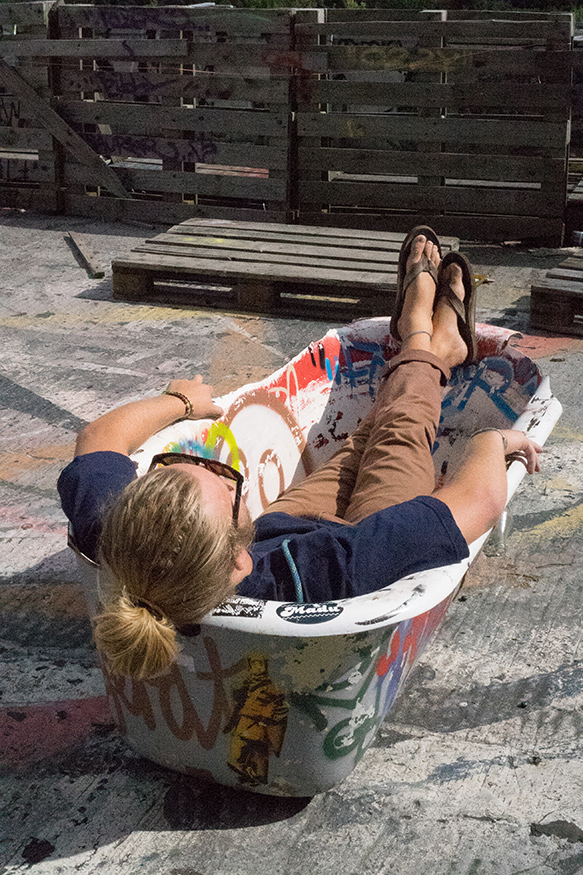
Teufelsberg
BERLIN, GERMANY
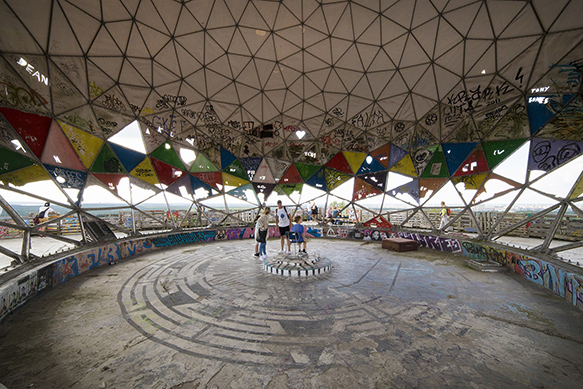
Teufelsberg
BERLIN, GERMANY

Eastside Gallery
BERLIN, GERMANY
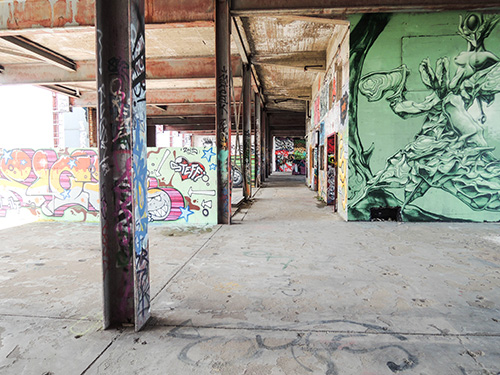
Teufelsberg
BERLIN, GERMANY
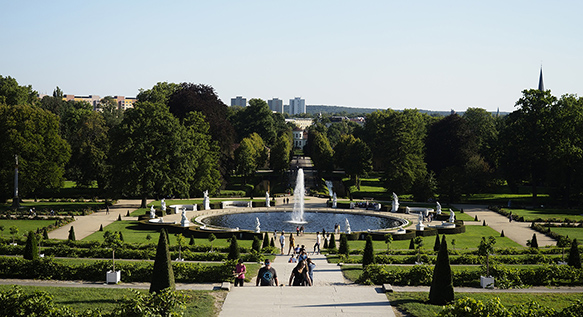
Sanssouci Palace
POTSDAM, GERMANY
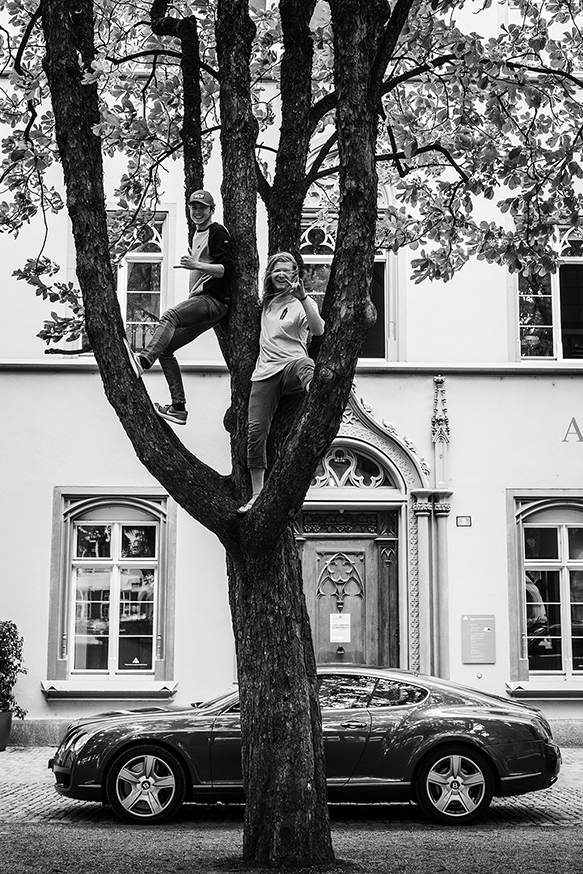
Hanging Around
MAINZ, GERMANY
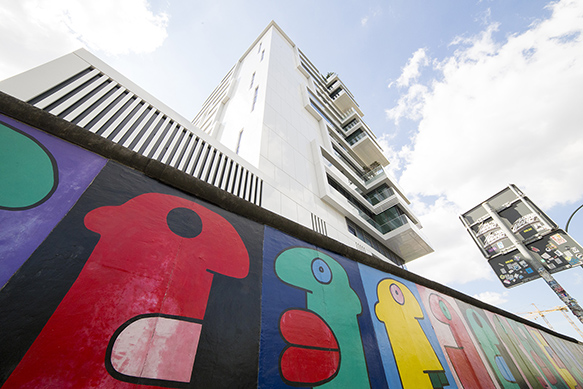
EastSide Gallery
BERLIN, GERMANY
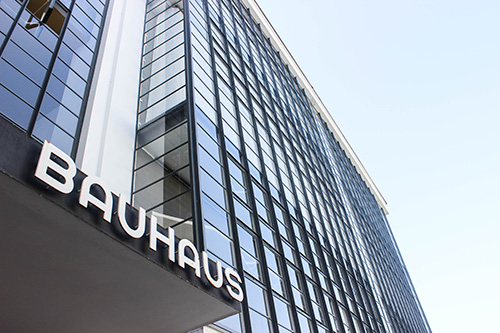
Bauhaus
DESSAU, GERMANY
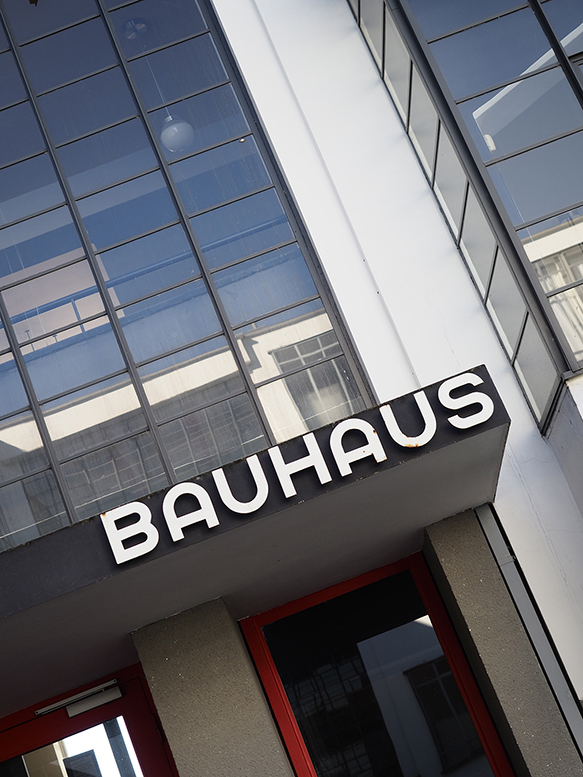
Bauhaus
DESSAU, GERMANY
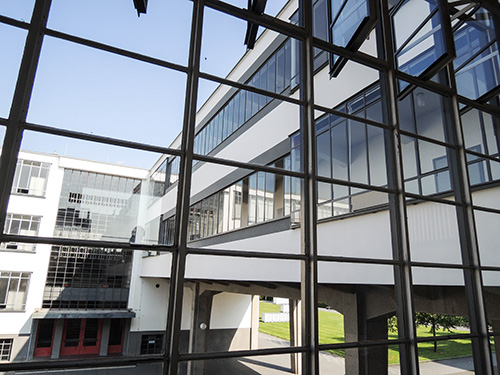
Bauhaus
DESSAU, GERMANY
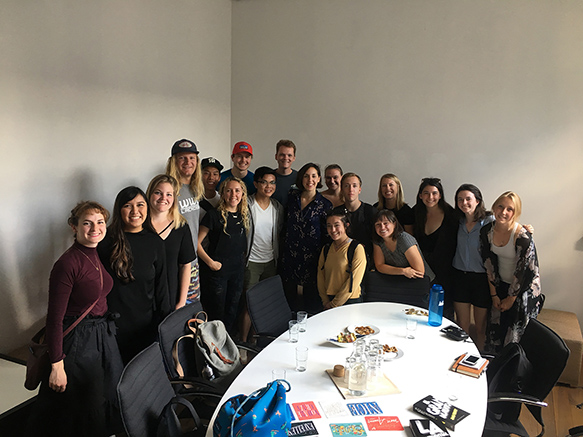
Martina Flor Studio
BERLIN, GERMANY
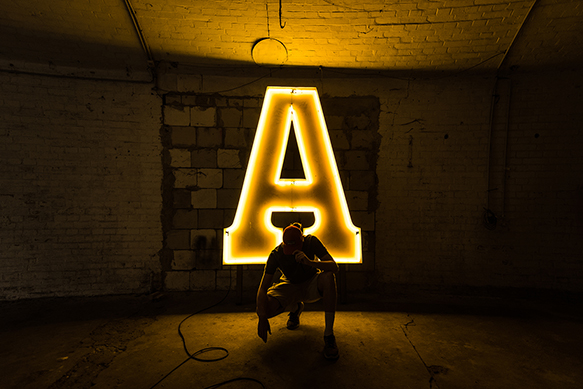
Museum of Letters
BERLIN, GERMANY
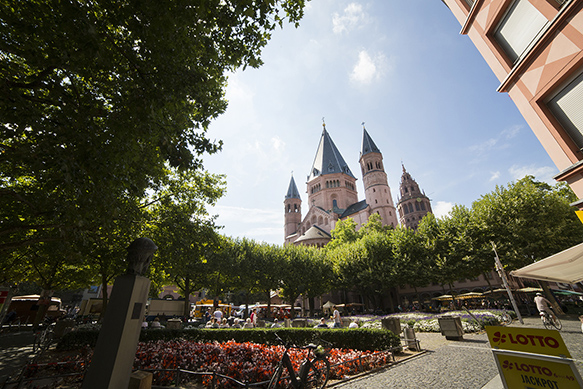
Mainz Cathedral
MAINZ, GERMANY

Gutenberg Museum
MAINZ, GERMANY
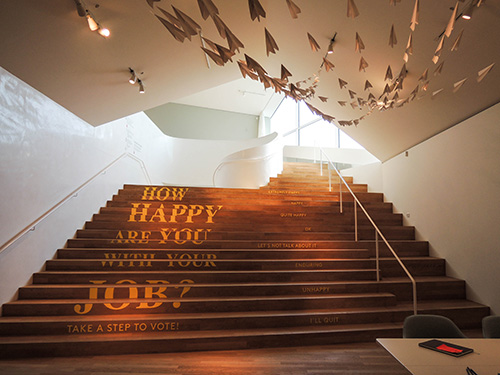
Vitra Design Museum
WEIL AM RHEIN, GERMANY
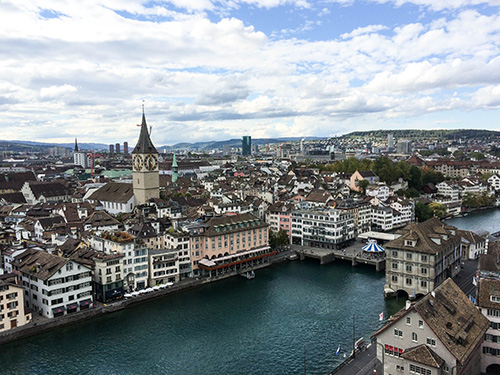
Limmat River
ZURICH, SWITZERLAND

Museum of Design Poster Collection
ZURICH, SWITZERLAND
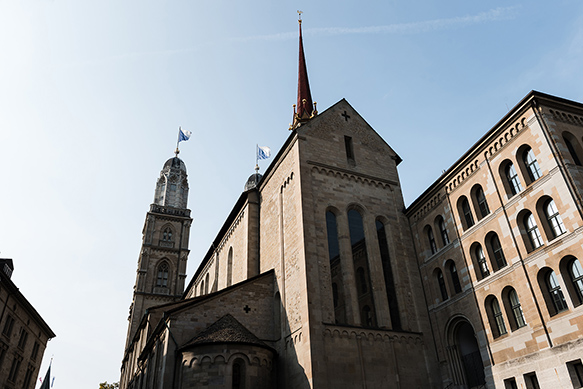
Grossmünster Church
ZURICH, SWITZERLAND
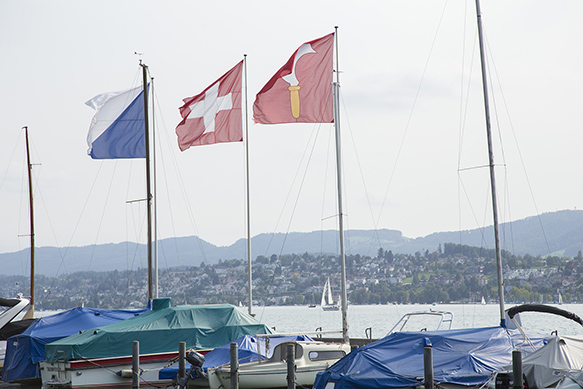
Lake Zurich
ZURICH, SWITZERLAND
But most importantly...